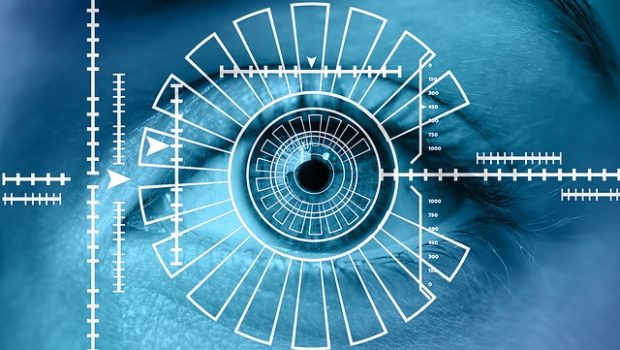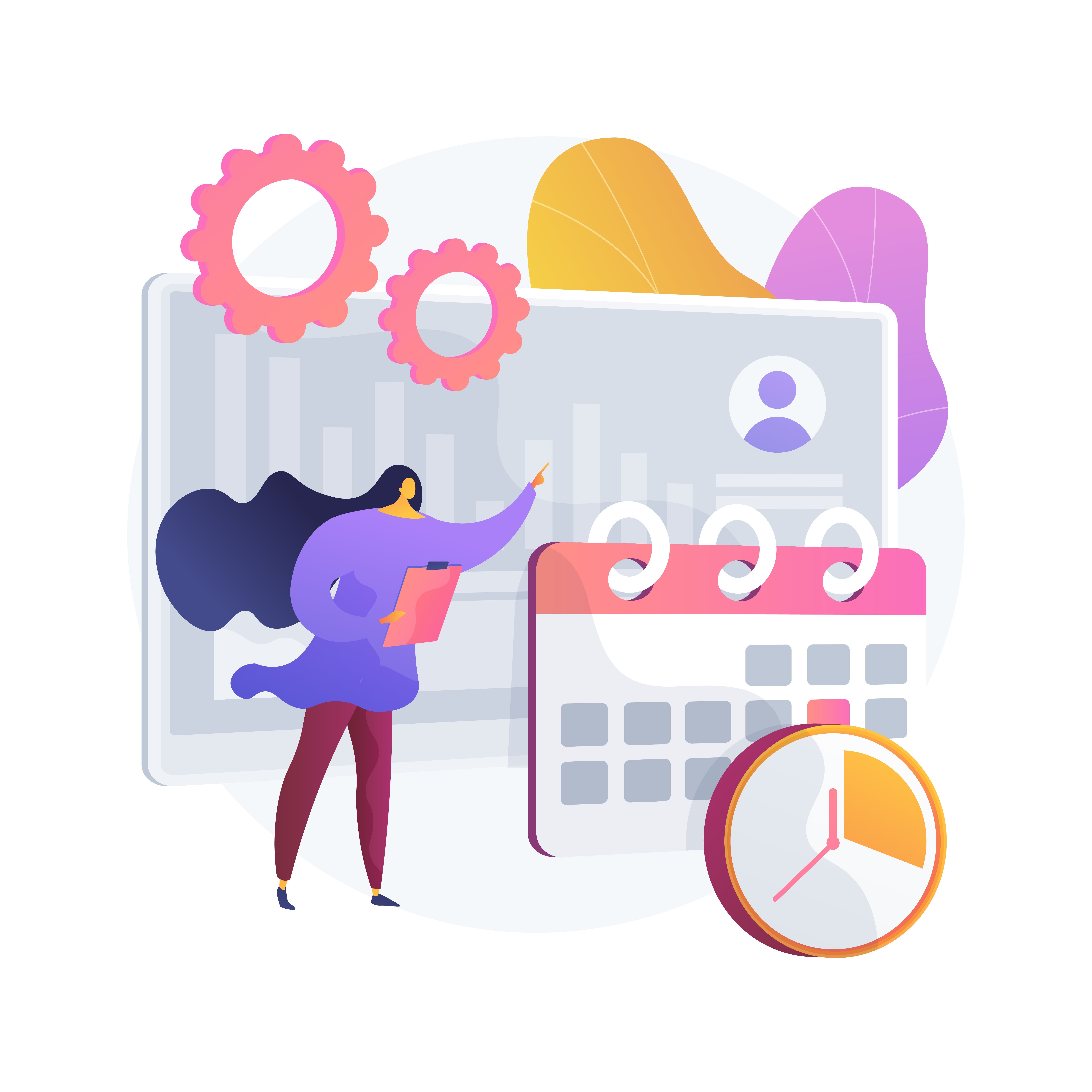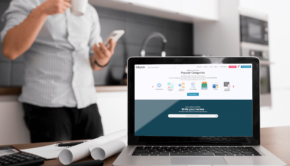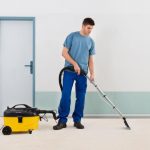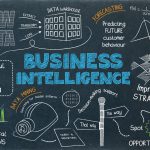Attendance tracking in the COVID-19 era: the 4 main benefits of contactless biometric attendance systems
Introduction
During this time of the pandemic, keeping track of employees is difficult enough as it is. However, your timekeeping system may do as much harm to the company as good.
Depending on the size of your workforce and the arrangement of the infrastructure, one employee can bring your business screeching to a halt. Thankfully, there are systems that can alleviate this issue.
This article will explain what the benefits of biometric attendance systems are and how they can help you avert disaster.
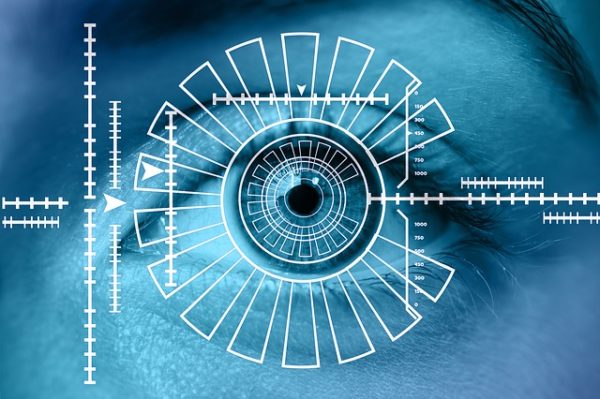
Why Traditional Time Clocks Are Not Safe
Points of Contact
One of the biggest issues of traditional time clocks in the time of Covid is the fact that they require every employee to go to a single spot to clock-in. While clocking in, a single employee who is positive for Covid-19 can spread the disease to multiple employees, even if the initial employee is asymptomatic.
This gets even trickier if many employees have to start work at the same time as there is a higher chance that multiple employees will congregate at once. Keep in mind that some biometric attendance systems can technically contribute to this problem if you do not have the proper system in place.
For instance, if you use a single fingerprint scanner, then all of the employees will still tend to congregate at the beginning and end of their shifts. Thankfully, simply touching a surface that might have the disease on it is extremely unlikely to transfer the disease from person to person.
Virulence and Permissibility
Another potential issue that traditional time clocks present is an inability to identify potential infection risks after the fact. Say, for example, that you have an employee who tests positive for Covid but is otherwise asymptomatic. Depending on when they test positive, there is a strong possibility that the employee has come in contact with multiple coworkers.
That single employee is more than capable of spreading the disease to everyone they come in contact with, especially if other safety precautions are not taken. On top of that, once that employee spreads the disease to their coworkers, it can become a terrible game of whack-a-mole to figure out who it could possibly spread to.
If any of the other exposed employees also come down with asymptomatic Covid, you could see the disease burn through your workforce in weekly or monthly flare-ups.
Benefits of Contactless Attendance Systems

Avoiding Contact
Easily one of the best qualities of biometric attendance systems presents when trying to combat the spread of Covid is that they allow you to maintain the proper social distancing procedures without slowing down your business’ workflow. Whether your business is retail, manufacturing, or office work, this system can prevent a devastating infection.
Even better, some of these types of attendance systems can keep track of not only your employees’ hours but their movements as well. Biometric attendance systems like NCheck keep track of your employees’ pathing and who they have come in contact with over the course of days or weeks.
As such, should an employee test positive for Covid, you can backtrack their pathing to see who else might have been exposed and prevent a cycle of positive tests. Keep in mind, iris scans and facial recognition programs are the most effective at maintaining social distancing, though individual fingerprint scans work as well.
Mask-Proof
Another great quality of biometric attendance systems is that you do not have to worry about your employees exposing themselves to risk while using them. Depending on the service, some facial recognition software does not accurately track your employees if they obscure their faces with a mask.
On the other hand, more advanced biometric systems, like NCheck, are more than capable of tracking your employees through facial recognition even while wearing a mask. Of course, iris scanning systems do not suffer from wearing a mask regardless of the brand.
On top of that, individual fingerprint systems, while a bit more expensive due to the necessary hardware, also function perfectly well while employees wear a mask. With these services, you can maintain the healthiest and safest environment for both your employees and your business.
Temperature Screening
This can be a bit tricky for some setups as temperature screening is a bit invasive and can slow down the workflow. On top of that, manual temperature screening also often creates the kind of clustering issues that can lead to transmission of Covid even if you take every other precaution.
This is where certain biometric systems can come in handy as they allow you to screen an employee without having to stop their movement at all. Keep in mind, temperature screening can use any of the biometric signatures but the most effective one at preventing the spread of Covid is facial recognition.
However, even individualized fingerprint systems can take the employee’s temperature as they sign in to the system– though this often means they already walked to their desk. Still, being able to catch Covid as quickly as possible– potentially before it even enters the premises– can go a long way in preventing its spread at your business.
Remote Tracking
While biometric attendance systems are an excellent tool to help reduce the risk of spreading Covid at a workplace, some businesses skip that risk altogether. More and more companies see the benefit of ditching the office, reducing the operating costs, and potentially providing for more productive employees.
However, the home office presents its own potential issues in that there is no direct oversight to ensure employees stay on task. Thankfully, biometric attendance systems like NCheck can even work remotely, making sure that your remote employee works when and how they are supposed to.
This arrangement also has the added benefit of allowing employees with Covid who are asymptomatic to continue working until they are no longer contagious. Keep in mind that remote attendance systems not only track when the employee “signs in” but what they do from that point on.
Summary
The pandemic is a tricky enough situation to handle without also having to worry about losing your labor unnecessarily. This is especially true if you use older, outdated timekeeping systems that require multiple employees to touch and hover around a single device.

